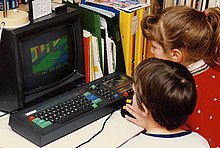Science
is the subject which includes of various experiments performed by a scientist
with all observations recorded and inferences concluded.
Science is bifurcated
into three main branches :-
Physics , Chemistry and Biology which make study of each
branch simple and more focused.
Technology
Technology is the making, modification, usage, and
knowledge of tools, machines, techniques, crafts, systems, and methods of
organization, in order to solve a problem, improve a pre-existing solution to a
problem, achieve a goal, handle an applied input/output relation or perform a
specific function. It can also refer to the collection of such tools, including
machinery, modifications, arrangements and procedures. Technologies
significantly affect human as well as other animal species' ability to control
and adapt to their natural environments. The term can either be applied
generally or to specific areas: examples include construction
technology, medical technology, and information technology.
The World Of Robots
A robot is
a mechanical or virtual agent, usually an electro-mechanical machine that is guided
by a computer program or electronic circuitry. Robots can be autonomous or
semi-autonomous and range from humanoids such as Honda's Advanced Step
in Innovative Mobility (ASIMO) andTosy's TOSY Ping Pong Playing Robot (TOPIO) to industrial robots, collectively programmed'swarm' robots, and even
microscopic nano robots. By mimicking a
lifelike appearance or automating movements, a robot may convey a sense of
intelligence or thought of its own.
Daily life and science
ØScience in our Daily
Life.
ØModern science is nothing but a skill
magician. One after one, it is providing the mankind with wonders. It has
absolutely conquered the indomitable forces of nature. The wonders of modern
science are too many to illustrate them in a short essay.
Science in use every where. I have written
under short description some topics.
Computer is one of the greatest wonders
of modern Science. It is a substitute for the human brain. In every sphere of
life man has been using computer. It seems that in the distant future man will
be a doll and computer will do every brain work.
Television is another wonder of modern
science. It is a popular medium of communicating thoughts and opinions. At the
same time, it gives both image and the voice of the speaker. Thus, it can leave
a permanent effect on the
people.
Electricity is the first wonder of
modern science. It is the driving force of modern civilization. Electric-power
is used for various purposes. Without it, the advancement of modern science is
impossible.
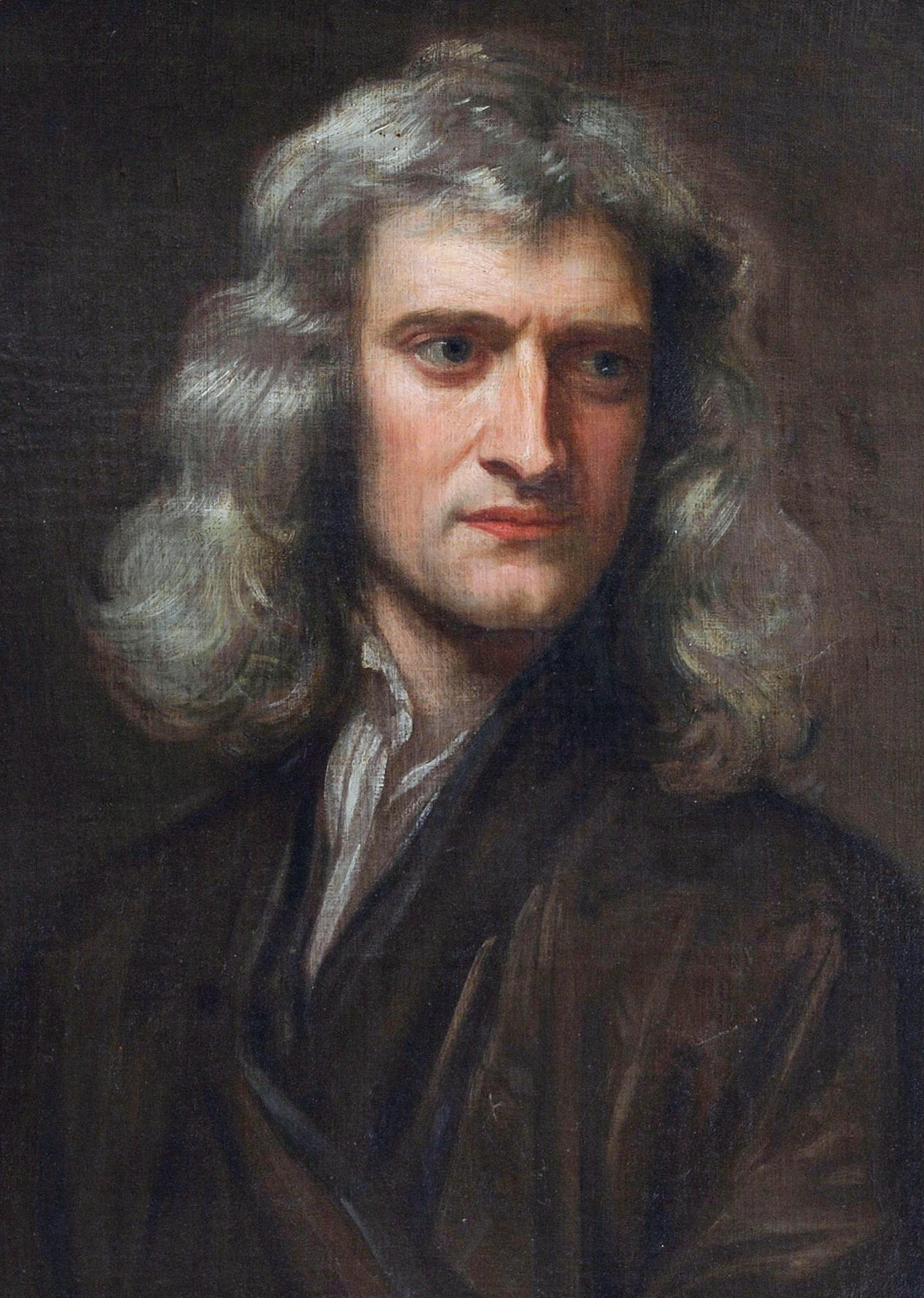
1.Sir Isaac Newton PRS MP was an English physicist and mathematician who is widely regarded as one of the most influential scientists of all time and as a key figure in the scientific revolution. Wikipedia
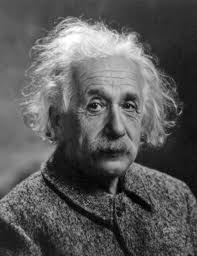



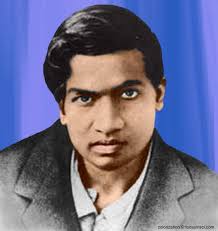
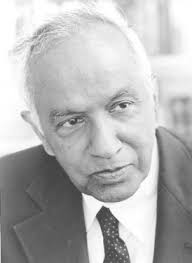

The list goes on. These are just a few examples. Use your imagination, and chances are someone is using a computer in their home somewhere for that purpose.

1.Sir Isaac Newton PRS MP was an English physicist and mathematician who is widely regarded as one of the most influential scientists of all time and as a key figure in the scientific revolution. Wikipedia
2.Albert Einstein was a German-born theoretical physicist who developed the
general theory of relativity, one of the two pillars of modern physics. Wikipedia
Education: University
of Zurich (1905),ETH
Zurich (1901), Aargau Cantonal School (1895–1896), Luitpold Gymnasium
Awards: Nobel Prize in Physics, Copley Medal, Franklin Medal.
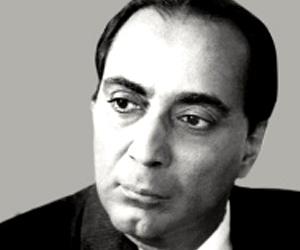
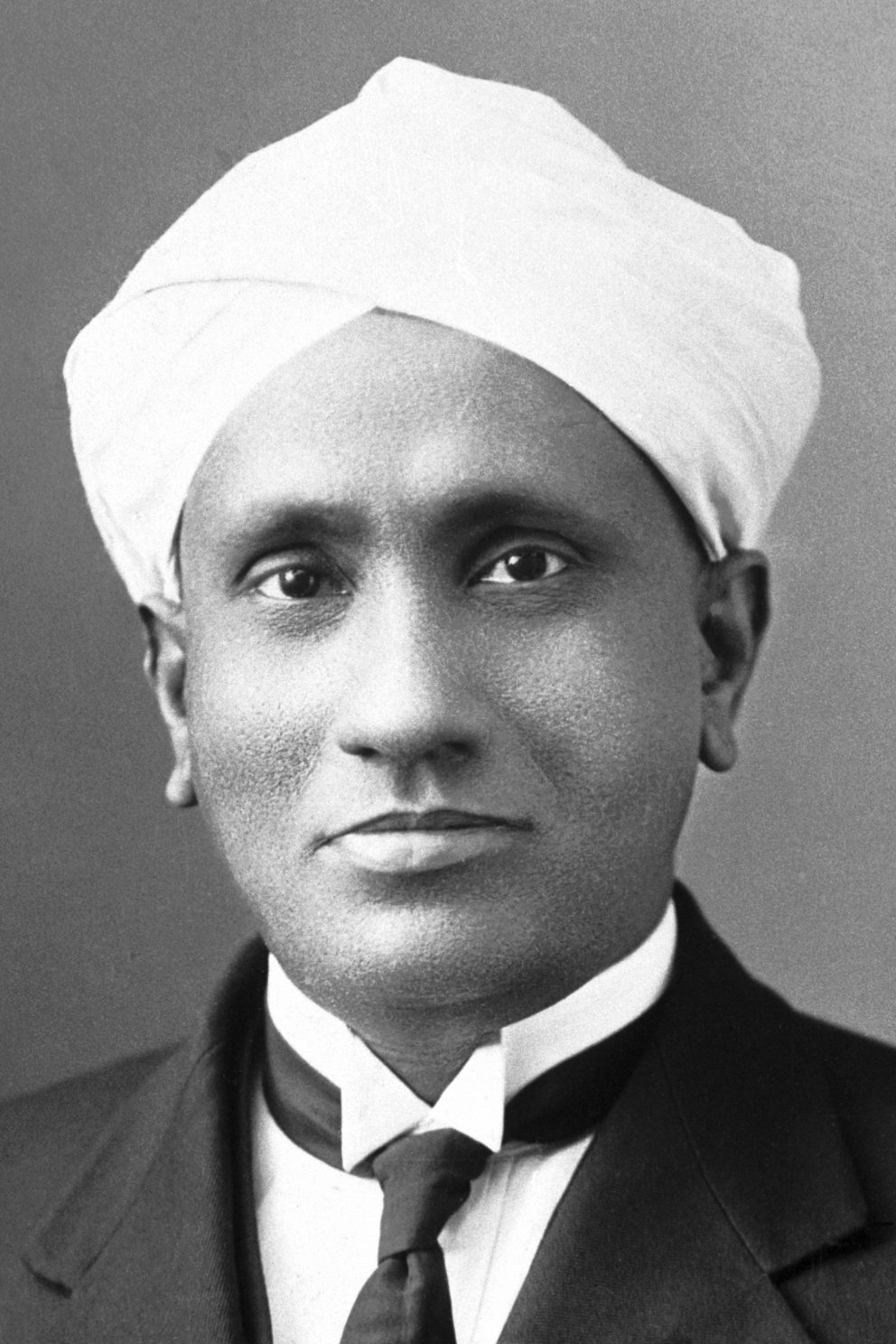

3.Homi Jehangir Bhabha ,
FRS was an Indian nuclear physicist, founding director, and professor of
physics at the Tata Institute of Fundamental Research. Wikipedia
Education: University
of Cambridge,Elphinstone
College, Institute
of Science,Gonville
and Caius College, Cambridge
.
4.Sir Chandrasekhara Venkata Rāman, FRS was an Indian physicist whose work was influential in
the growth of science in India.Wikipedia

5.A. P. J. Abdul Kalam
•Bharat Ratna Avul Pakir Jainulabdeen Abdul Kalam usually referred to as Dr. A. P. J. Abdul Kalam, is an Indian scientist and administrator who served as the 11th President
of India from 2002 to 2007.Wikipedia
Education: Madras
Institute of Technology(1955–1960), St.
Joseph's College, Tiruchirapalli (1954), King's
College London

6.Vikram Ambalal
Sarabhai was an Indian physicist. He is considered to be "Father of Indian
space program." Wikipedia
7.Jagadish Chanda
Bose
Acharya Sir Jagadish Chandra
Bose, CSI, CIE, FRS was a Bengali polymath, physicist, biologist, botanist,
archaeologist, as well as an early writer of science fiction. Wikipedia
8. Srinivasa Ramanujan Srinivasa Ramanujan FRS was
an Indian mathematician and autodidact who, with almost no formal training in
pure mathematics, made extraordinary contributions to mathematical analysis,
number theory, infinite series, and continued fractions. Wikipedia
Books: The
Lost Notebook and Other Unpublished Papers: Mathematical Works of Srinivasa
Ramanujan, More
9.Subrahmanyan
Chandrasekhar
Subrahmanyam
Chandrasekhar, FRS, was an Indian-American astrophysicist who, with William A.
Fowler, won the 1983 Nobel Prize for Physics for key discoveries that led to
the currently accepted theory on the later evolutionary stages of massive
stars. Wikipedia
10.Sir Shanti Swaroop Bhatnagar OBE, FRS
was a well-known Indian scientist, a professor of chemistry for over 19 years.Wikipedia
Education: University
of London,University
of the Punjab, University
College London, Banaras
Hindu University
.
Home computers
Home computers
Home computers were a class of microcomputers entering
the market in 1977, and becoming common during the 1980s. They were marketed to
consumers as affordable and accessible computers that, for the first time, were
intended for the use of a single nontechnical user. These computers were a distinct
market segment that typically cost much less than business, scientific or
engineering-oriented computers of the time such as the IBM PC,[1] and
were generally less powerful in terms of memory and expandability. However, a
home computer often had better graphics and sound than contemporary business
computers. Their most common use was playing video games.
Home
computers were a class of microcomputers entering
the market in 1977, and becoming common during the 1980s. They were marketed to
consumers as affordable and accessible computers that, for the first time, were
intended for the use of a single nontechnical user. These computers were a distinct
market segment that typically cost much less than business, scientific or
engineering-oriented computers of the time such as the IBM PC,[1] and
were generally less powerful in terms of memory and expandability. However, a
home computer often had better graphics and sound than contemporary business
computers. Their most common use was playing video games.
How are computers useful in daily life?
Answer:
With ever
increasing availability of more complex and dynamic operating systems, the
primary use of a computer is only limited to the imagination and technical know
how of the user.
Some examples of use in the home:Network attached storage (Linux distribution named FreeNAS)
Some examples of use in the home:Network attached storage (Linux distribution named FreeNAS)
Media
Server (Hewlett-Packard makes a dedicated version of this)
Graphics
design (Adobe is the forefront in design software)
Architectural
design (AutoCAD leads this category)
On-line
banking (savings, loans, insurance, credit, mutual funds...)
Gaming
(always fun, sometimes aggravating)
Social
Networking (Myspace, Facebook, Twitter).
Knowledge
sharing (WikiAnswers, Wikipedia, Lifehacker, Gizmodo)
Science
(Folding at Home is a great example of home-based cloud computing)
The list goes on. These are just a few examples. Use your imagination, and chances are someone is using a computer in their home somewhere for that purpose.

